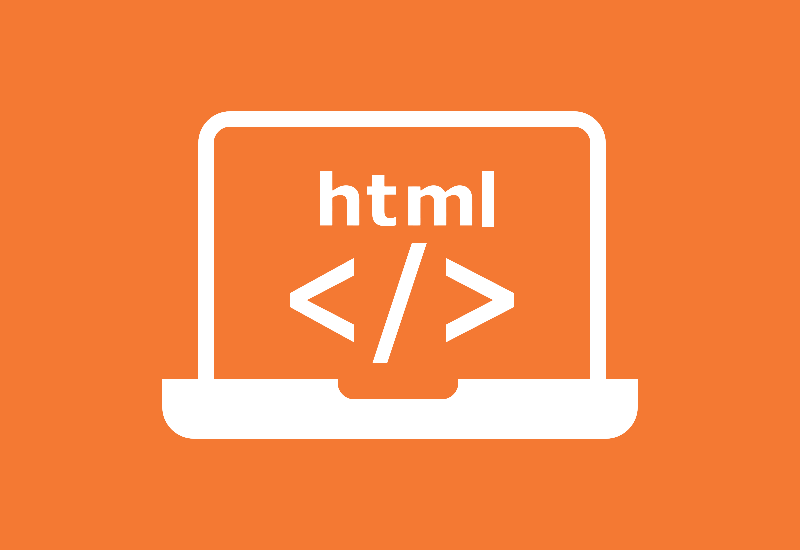Deference between PHP and HTML

PHP and HTML serve different purposes in web development. Here's a comparison:
1. Purpose
-
PHP (Hypertext Preprocessor):
A server-side scripting language used to create dynamic, interactive web applications. It processes data, interacts with databases, and generates dynamic content. -
HTML (HyperText Markup Language):
A markup language used to structure and present content on the web. It defines the layout and appearance of web pages using tags and attributes.
2. Execution
-
PHP:
Runs on the server. The server processes PHP code, executes it, and sends the resulting output (usually HTML) to the user's browser. -
HTML:
Runs on the client-side. Browsers directly interpret and render HTML without requiring server-side processing.
3. Syntax and Code Type
-
PHP:
Syntax includes variables ($variable), loops (for,while), conditional statements (if,else), and functions.
Example:<?php $name = "John"; echo "Hello, $name!"; ?> -
HTML:
Uses tags to define elements like headings, paragraphs, and links.
Example:<h1>Hello, World!</h1> <p>Welcome to my website.</p>
4. Role in Web Development
-
PHP:
- Handles server-side logic.
- Interacts with databases (e.g., MySQL).
- Used to process forms, manage sessions, and generate dynamic content.
- Example: A login system.
-
HTML:
- Structures content on the webpage.
- Defines headers, paragraphs, images, links, and layout.
- Example: Creating the visual structure of a web page.
5. Dependency
-
PHP:
Relies on a web server (e.g., Apache, Nginx) to execute. Requires a runtime environment like XAMPP or WAMP for local development. -
HTML:
Can be written and viewed in any text editor or browser. No additional software or server is needed.
6. Dynamic vs. Static
-
PHP:
Used for creating dynamic web pages (content changes based on user interaction, database queries, etc.). -
HTML:
Typically used for static content (unchanging structure and layout).
7. Integration
PHP and HTML often work together. PHP generates dynamic content and embeds it into HTML. For example:
<!DOCTYPE html>
<html>
<head>
<title>Dynamic Page</title>
</head>
<body>
<h1>Welcome</h1>
<p><?php echo "Today's date is " . date('Y-m-d'); ?></p>
</body>
</html>
Conclusion
- PHP handles logic, processes data, and makes pages interactive.
- HTML defines the structure and presentation of content.
Both are essential for building dynamic, fully functional web applications.






